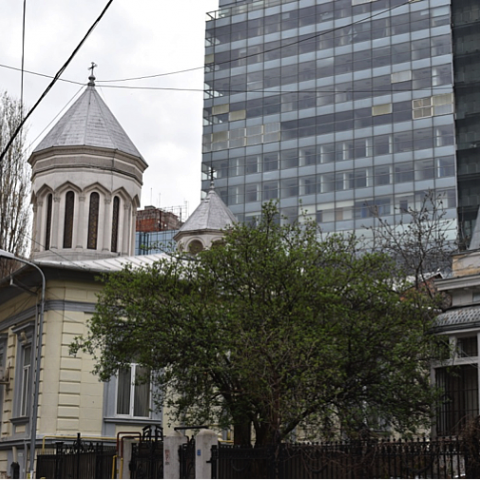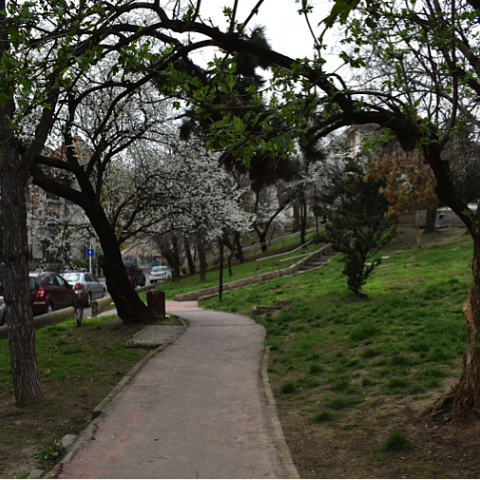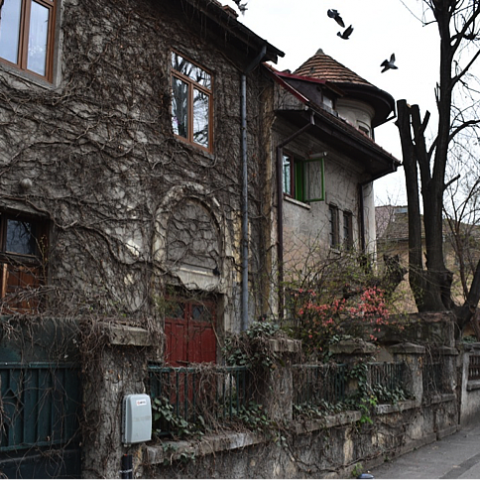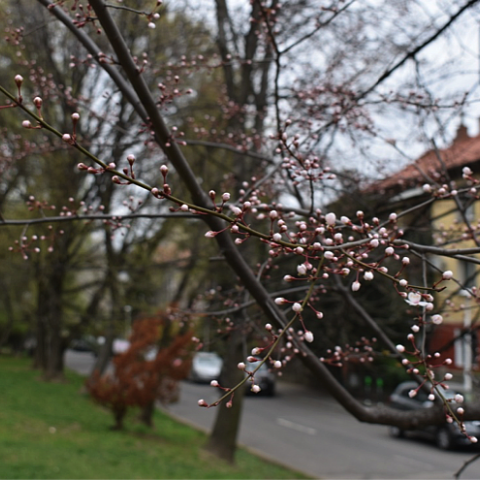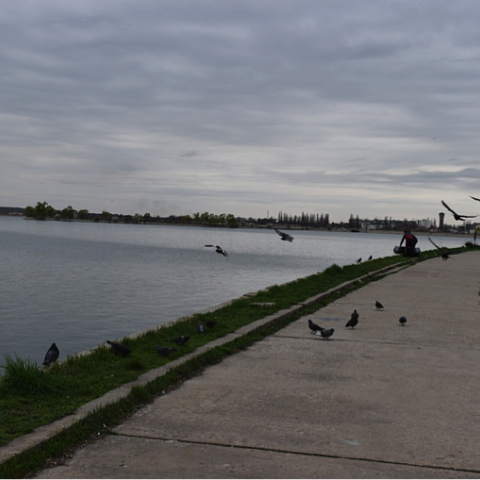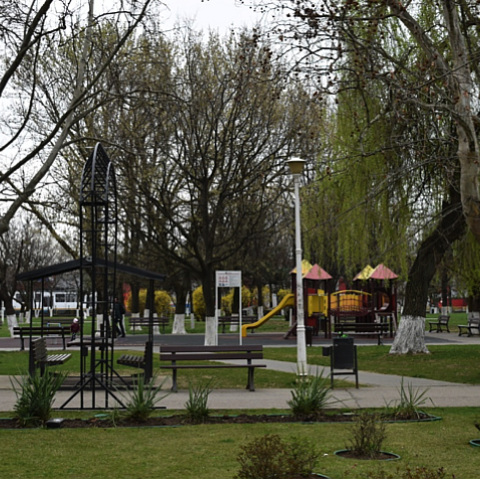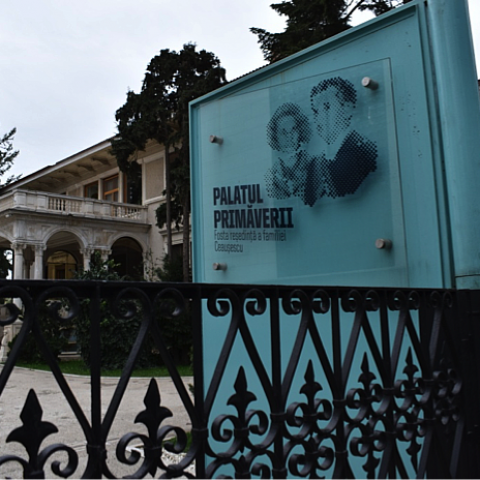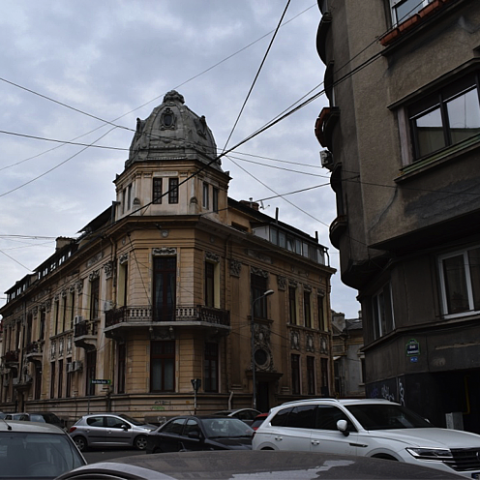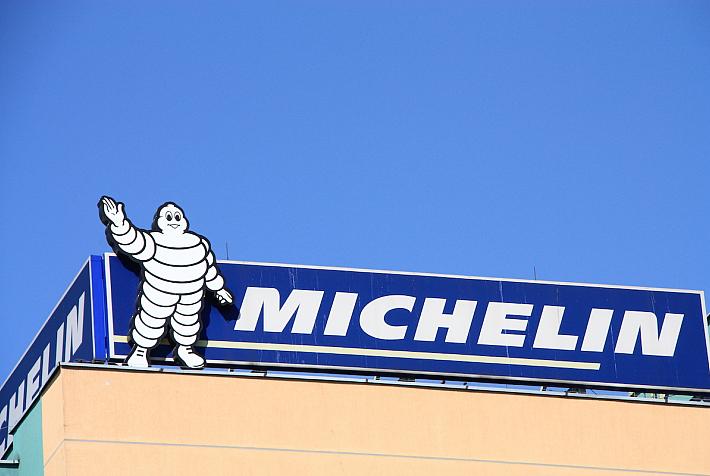“Destination: Bucharest” - A stroll through Bucharest’s neighborhoods

Bucharest is known for tourist attractions such as the giant Parliament Palace or the Old Town, but a walk on the small streets, with their new or old buildings, may be the best way to get into the atmosphere of the city. We set out on a stroll through the capital's neighborhoods today, ready for new experiences and curious to discover some of the city's secrets.
Equipped with a camera and a map, we start our adventure in the morning. First stop: Cotroceni neighborhood - the bohemian area on the west side of the city, which many say is the most charming neighborhood of the Capital. Plus, Cotroceni is also one of the oldest settlements in Bucharest, its history beginning more than three centuries ago.
Codrii Vlăsiei covered this area a long time ago, a forest used as a shelter by those who needed a place to hide. It is said that even Șerban Cantacuzino hid in the Cotrocenilor Forest before becoming ruler, as he was trying to escape the army of prince Gheorghe Duca. In fact, the name of this forest came from the old expression “a te cotroci,” which means to hide, to find shelter.
In 1679, prince Cantacuzino built a monastery in this very forest. Many years later, Carol I decided to build a palace on the monastery’s grounds, to be used as an official residence. The construction of the current palace began in 1888, based on plans of the French architect Paul Gottereau.
We take the Cotroceni Palace and the Botanical Garden as starting points and we reach the area before 11:00. Even though it’s weekend, the weather is gloomy today, with gray clouds and cold wind, and the streets are quiet. However, the area’s two main attractions - the Cotroceni Palace (the residence of the President of Romania, which also houses the Cotroceni Museum) and the Botanical Garden - will certainly change the situation, many Bucharesters and tourists visiting these two locations every day.
Starting from the entrance to the Botanical Garden, we cross the street and take the Profesor Doctor Gheorghe Marinescu Blvd., walking along the fence of the Cotroceni Palace. The left side of the boulevard is bordered by elegant buildings with no more than four floors, which have small gardens with metal fences or walls covered by climbing plants. In fact, some of the houses have their facades completely covered by such climbing plants, which gives them a mysterious look.
Spring has just begun and the first to bloom are the cherry plums, spreading a pleasant, perfumed smell around them. However, the magnolias seem to be the stars of these streets in this period: some of them have already blossomed in the Cotroceni neighborhood, delighting our eyes and senses with their beauty and fragrance.
We continue our walk on the winding streets of the Cotroceni neighborhood, paying attention to the elegant 19th-century (or early 20th-century) buildings erected in the Art Deco or Neo-Romanian style, some of them with elements of fortification, carved pillars or even small, complex statues at the entrance. Most have been refurbished but they still keep the old days’ charm.
Cotroceni neighborhood is also one of the greenest areas in Bucharest, a large part of it being covered by parks such as Eroilor or Romniceanu. These parks also have children's playgrounds and special areas for dogs.
Just before Romniceanu Park we spot the building of the Carol I National Defense University, in front of which stands an impressive monument dedicated to the country’s heroes. In contrast with the solemnity of this institution, there is a small fair held in front of the university today, where traders sell everything from vegetables, fruits and dairy products, to flowers and even clothing items.
We continue our walk through the neighborhood, on the streets dotted with charming houses, accompanied by the birds’ song. We also spot the „Sfântul Elefterie” Nou Church on our way (which was erected in the Brâncovenesc style).
After a short break at a small pastry shop with shelves full of books, we head to the next destination: Crângași neighborhood.
Crângași is a relatively small neighborhood located on the east bank of the Dâmbovița river, represented mostly by the four- or ten-storey blocks of flats and the farmers’ market with the same name. At the beginning of the 20th century, the small hamlet of Crângași was outside the borders of Bucharest, but part of it was included in the territory of the Capital after 1922. Poorer families began to build their homes in this area between 1940 and 1960, this land being less affected by the periodic floods of Dâmbovița. The first blocks of flats appeared after 1960.
However, Crângași was one of the areas most affected by the floods of the 1970s. Most of the blocks were built after that period, while the problem of the periodic overflows of Dâmboviţa river was solved by arranging the accumulation lake known today as Morii Lake. Those living in the area that is today under water (representing much of the old neighborhood) were moved to the blocks of flats.
We take the subway to Crângași neighborhood, where we find a lively area: some locals are heading to Crângași Market while others are waiting for tram 41 in the station. On the street, the cars line up at the intersection’s traffic lights. We are curious to discover the main attraction of the area – Morii Lake, so we head that way.
We find the entrance to Crângași Park, the main green area of the neighborhood, quite easily. The park is not very large, but it’s clean and welcoming, with wide alleys bordered by benches painted in dark brown, with football fields and children's playgrounds, but also a stage where concerts are organized throughout the year. Here and there, small traders sell toys, balloons, or other attractive products for kids.
Morii Lake is at the other end of the park. We know we are close when we see the dam surrounding the lake. We spot some stone stairs nearby, right next to a willow tree. We head over there and take the stairs. Up there, on the dam, the size of the lake surprises us (as this is the largest lake in Bucharest) and the tranquility of this place relaxes us.
A few seagulls fly over the lake, while ducks float quietly on the water and pigeons move around on the dam paved with concrete. A few people sit on the benches and enjoy the view, while others run or walk their dogs. Despite today's gray clouds, two young men ride a motorboat on the lake.
Bordered by high blocks of flats and buildings that remind us of the big city bustle, Morii Lake is an oasis of peacefulness with a special view. We find that sunsets are quite beautiful in this place, so we’re already making plans to return here another day, with a camera ready to capture all the color combinations of a spring sunset.
Today, however, we continue our tour of neighborhoods in Bucharest. We decide to change the atmosphere a bit and go to Primăverii and Dorobanți - two of the most exclusive neighborhoods in the Capital.
From Charles de Gaulle Square, in the north of the city, we turn right to Primăverii Blvd. and immediately enter the elegant atmosphere of this neighborhood: modernist villas border the wide boulevard while restaurants await customers with complex menus.
Primăverii, today one of the neighborhoods mainly popular among the rich, has gained its notoriety during the communist period. Many of the communist dignitaries lived in this area, from Gheorghe Gheorghiu-Dej to Nicolae Ceauşescu. Even the presidents of Romania appointed after 1989 have lived or still live here, the neighborhood hosting some of the most expensive properties in Bucharest.
At 50 Primăverii Blvd. we find the famous “Ceaușescu House” (also known as Primăverii Palace) - the former private residence of Nicolae and Elena Ceauşescu, and their children, Nicu, Zoia and Valentin. Now open to all the curious visitors, the building hosts a special exhibition that reveals how Ceauşescu lived in the privacy of his home.
Also on the Primăverii Blvd., near the Latin America Square, we spot the dark colored building with a strange architecture that houses the Museum of Recent Art (MARe). The permanent collection of this private museum features the most representative works of Romanian art from the 1960s until today, but visitors can also admire other works of art exhibited in temporary exhibitions.
We enter Jean Monnet Street, where one of the most well known state high schools in the Capital is also located, and, after a short walk on the sidewalk bordered by flowering trees and luxurious buildings, we reach Floreasca Park - the limit of another famous neighborhood of the capital: Floreasca. We pass by the park, however, and head towards Dorobanților Square, the central point of the Dorobanți neighborhood.
Things don’t change much as we get closer to Dorobanților Square: we see elegant villas here too, some with a truly impressive architecture, and part of them are the headquarters of numerous embassies.
Luxurious restaurants that serve dishes from a wide variety of cuisines (Romanian and international), specialty coffee shops, bars and bistros are spread all over the Dorobanți neighborhood, this area being a meeting point for businessmen, local celebrities or wealthier young people. And Calea Dorobanți, the main boulevard crossing this area, is also bordered by luxury shops, chic flower shops or beauty salons. The small park in the middle of Dorobanților Square seems to be the meeting place for noisy pigeons.
We also enjoy a good coffee on a small street in Dorobanți neighborhood before deciding to end the day downtown, with a short stroll through the Armenian neighborhood.
Located about 1 km from Universității Square in the center of Bucharest, the Armenian neighborhood still keeps the atmosphere of the old days, with quiet streets and old but refined houses and blocks of flats that tell the story of the Armenian community in Bucharest.
We start from the Armenian Church, an impressive historical monument signed by architect Dimitrie Maimarolu. Passing by this church, we enter the Armenian neighborhood. Step by step, we discover some of the most beautiful buildings in the area (most with truly outstanding architectural elements), including the Melik House, one of the oldest and most beautiful merchant houses in Bucharest, which today houses the Theodor Pallady Museum.
We pass by buildings that were renovated or houses that still show the deep scars of the past, with walls painted in gray, brown, cream or even pale pink, and even a small tree house.
In short, the Armenian neighborhood is an area with a complex mix of shapes and colors, suitable for a quiet stroll right in the center of the Capital.
Useful information
Check the program of the museums you want to visit in advance; measures taken in the context of the coronavirus pandemic (COVID-19) have led to the closure of museums (and other cultural institutions) during this period.
Other neighborhoods to visit in Bucharest: Tineretului, Centrul Civic, Rahova or the Jewish neighborhood.
This material is part of a project under the program of promoting the touristic heritage "Destination: Bucharest", carried out by the Bucharest City Hall through the Public Monuments and Touristic Heritage Administration (AMPT).
Photos by Romania-Insider.com for AMPT








